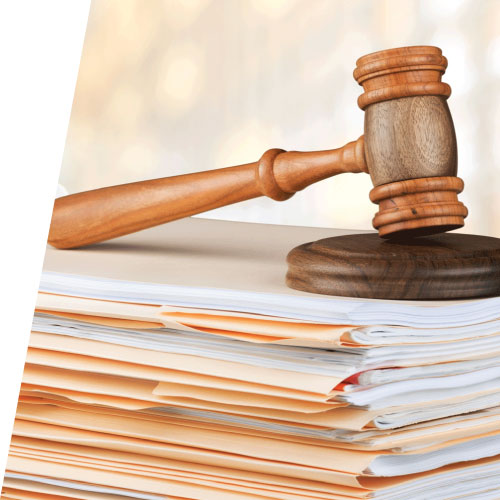How Do You Execute on Your IP?

We will discuss strategic approaches to exploiting IP rights in more detail in subsequent modules. However, as a starting point, here are some suggestions in relation to copyright and trademarks specifically.
Copyright
For works that are the subject of copyright protection, it is not enough to merely generate the right. In other words, it is not enough for a person’s individual creativity to be expressed in some tangible form for that person to benefit commercially. The copyright holder also has to decide whether and under what terms to exercise and enforce the copyright, including through licensing and litigation.
Trademark
Similarly, in the case of trademarks, the trademark holder has to proactively decide how it is going to exercise its rights. As the saying goes, “If you don’t use it, you lose it.” This applies to not taking active steps to stop others from using the same or a confusing trademark.
EXAMPLE

ACME Inc. owns the trademark Spike for watches in the United States. It discovers that one competitor is also manufacturing Spike watches and selling them in the United States, someone else is manufacturing and selling Speke watches in the United States and yet another is selling Spike cuckoo clocks in the United States.
If ACME Inc., which has prior rights in the trademark Spike for watches, does not stop others from selling its products or similar products under the same or a confusingly similar trademark, ACME Inc. risks losing its own trademark rights. This is because the trademark Spike will no longer be able to distinguish ACME Inc.’s watches from its competitors’ products. Therefore, trademark holders must continuously “police“ their trademarks to maintain control over their brand and prevent competitors from causing consumer confusion, riding on their goodwill and harming their brand reputation. As in the case of copyright, licensing and litigation are two methods of exploiting and safeguarding trademark rights.
Similar considerations apply in the case of patents and industrial designs. Strategic decisions about licensing and enforcement through litigation must continuously be made.